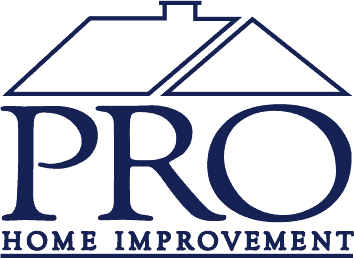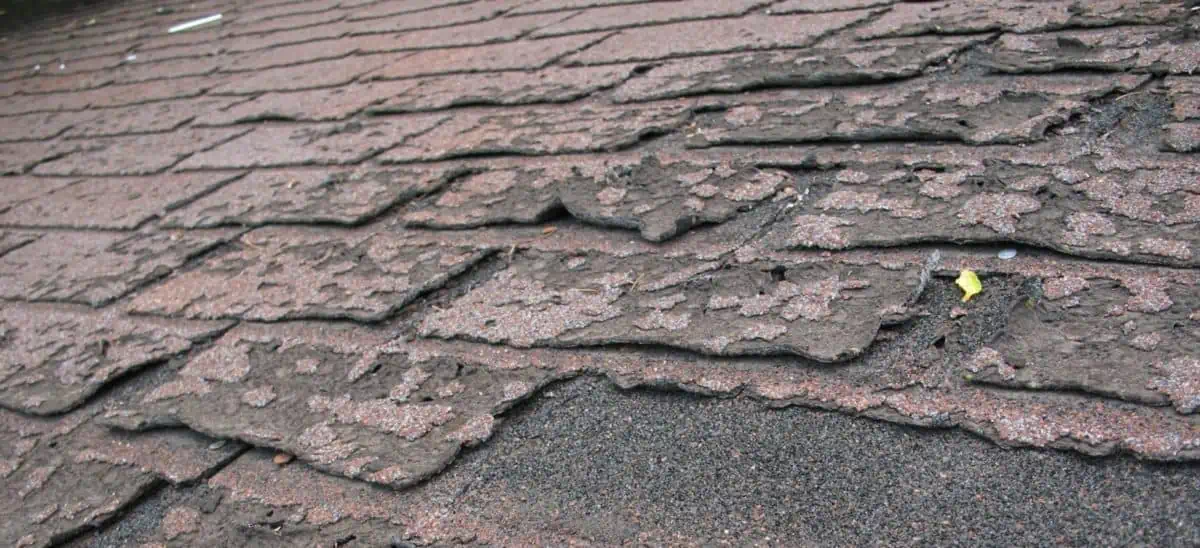Keeping up with roof maintenance can ensure your roof will last for many years, many times up to 30 years or longer. Needing a new roof can be expensive and with a few monthly and quarterly maintenance tips, you can avoid and put off needing a new roof for many years. Here are the biggest contributors to early roof failure and when you should check for them.
- Visual Roof inspection. When? Early Spring, Late Fall, after any storms.
By checking in the spring, you can see if there was any damage to your roof or gutters from ice damming. You can also clear out any leaves stuck in roof valleys. These are important to keep clean. Following any storms, you can see if any shingles were displaced by winds. - Gutter cleaning. When? Monthly during summer, weekly during fall.
Look for debris buildup in your gutters as often as possible to keep gutters flowing freely. Look for gaps in the gutters and repair them if necessary. Also, make sure the brackets supporting the gutters are still secure. - Flashing inspection. When? 2 times per year, Spring & Fall.
Flashing can be a major leak source because it’s used to cover holes in the roof. Inspect flashing around exhaust stacks, chimneys and any vents. Make sure it is not pulling up, punctured or bent. Also check that the sealant is not failing or loose. - Trim back tree limbs. When? Early-mid summer or as needed.
Limbs that grow over a roof provide many hazards to a roof. They can fall and damage a roof. They can contribute debris and leaf buildup on the roof and gutters. Also, if they can touch the roof, the limbs can scrape away the shingle granules which reduces the shingle effectiveness. Trim those limbs back! - Check for animals. When? 2 times per year, Spring & Fall.
Animals love to burrow into sheltered areas and there is no better spot than your roof and attic. If there is an opening, you can bet a squirrel, chipmunk or raccoon will consider moving in. Gaps can be caused by rot, shifting vents and sheer animal determination. Check around for these gaps, close them up and inspect your attic for signs of an animal tenant such as droppings, nest areas and food. - Look for insect damage. When? 2 times per year, Spring & Fall.
If your area is commonly affected by termites, you should keep a close eye on the roof and attic for signs of them. Common signs are shredded wood, sawdust and soft spots. These should all be followed up with an inspection by someone trained to find and destroy termites as soon as possible. - Check around your house perimeter. When? 1x per month.
Taking a stroll around your house, especially following a storm in your area, you can notice broken shingle pieces. Brittle shingles that tear off in the wind can be a sign that you need to take a good look at your roof and determine if any repairs need to be made. - Attic inspection. 2 times per year, Spring & Fall.
The attic is where you can find out a lot of information about the health of your roof, so don’t overlook it. You can spot wet streaks near nails, near chimneys or vent stacks, you can see signs of mold or mildew and you can also see if any animals or insects are roosting up there. Finding any of these issues before they become a bigger problem can reduce your eventual repair costs so don’t neglect your attic. You can also double check your insulation and baffles to make sure they are placed properly. - Try to avoid walking on the roof. When? Every time you inspect it.
Roofs are not meant to support frequent foot traffic, so try and avoid walking around on your roof. You can dislodge granules, bend shingles, pull on flashing and drive debris into a shingle. This goes for any roofing material, not just asphalt. - Get a professional inspection. When? 1x per year.
Contact Pro Home Improvement to schedule an annual roof inspection so they can give you their professional opinion on the status of your roof. This goes for new roofs and old roofs, they can all benefit from a set of professional eyes on a regular basis.
More often than not, we don’t think about our roof on a regular basis. This is why it’s important to keep this checklist around and put it into your calendar to remind you to do these basic inspections regularly. Your roof is working to protect your home and all of your family and possessions day in and day out, that’s why it’s important to provide your roof with maintenance to keep it in it’s best shape possible.

